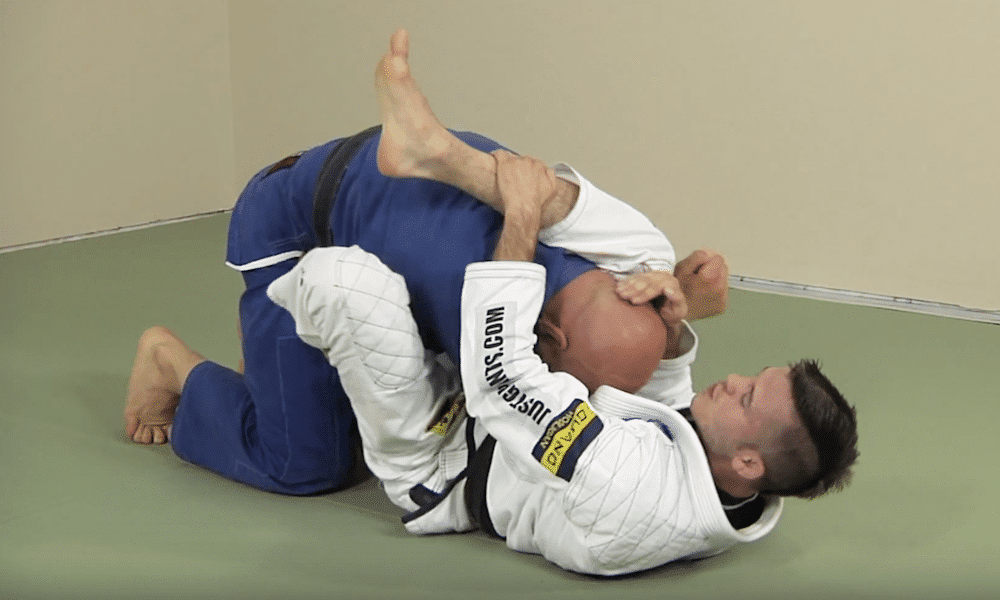

GERD may be treated with feeding changes or medicine. When your child’s esophagus and throat aren’t as irritated by acid reflux, they may work better. If your child also has GERD, treatment for GERD may help your child swallow better. Some babies who had trouble swallowing formula or breastmilk do better when they’re old enough to eat baby foods. Your child’s healthcare provider may suggest giving baby foods or pureed foods. Your child may be able to swallow thick fluids and soft foods better than thin liquids. Your child will learn exercises and feeding techniques to swallow better. If your child has chronic dysphagia or dysphagia caused by a health condition, speech or occupational therapy may help. Your child will need medical help right away. If your child has trouble swallowing and a fever, it may be from an infection. If your child’s swallowing issues start suddenly, your child may have something stuck in his or her esophagus. It will also depend on how severe the condition is and what’s causing your child’s dysphagia. Treatment will depend on your child’s symptoms, age, and general health. Your child will be under anesthesia for this test. This is done to check if your child’s throat is narrowed or has any other problems. Your child’s healthcare provider will place a tube into your child’s throat. Your child will get medicine to help relax and prevent pain (sedation) for this test. This can tell how well food moves through your child’s esophagus. The pressure gauge checks the pressure in your child’s esophagus. Your child’s healthcare provider will guide a small tube with a pressure gauge through your child’s mouth and into the esophagus. Your child’s healthcare provider will test these samples. During the test, your child may have tissue samples removed from the throat, esophagus, and stomach. This tube has a light and a camera lens at the end of it. In this test, a small, flexible tube (endoscope) is used to look at the inside of your child’s digestive tract.
#Choking after effects series
Your child’s healthcare provider will take a series of X-rays to see what happens as your child swallows the liquid. This helps them show up on X-rays better. This is a metallic, chalky liquid that coats the inside of organs.

Your child is given small amounts of barium to drink. These tests may include the following: Barium swallow and upper GI series Your child may also need an imaging test or other tests. Your child may need a blood test if the healthcare provider thinks there’s an infection.

The healthcare provider will also ask about how your child eats and if you notice any problems during feedings. Then, he or she will give your child an exam. Your child’s healthcare provider will ask about your child’s health history. Make sure your child sees a healthcare provider for a diagnosis. The symptoms of this condition may look like symptoms of other health problems. Wet or raspy sounding voice during or after eating Irritability or not being alert during feedings Trying to swallow one mouthful of food several times Having food or liquids come out of the nose during or after a feeding They can include:Īrching or stiffening of the body during feedingsĬhest congestion after eating or drinkingĬoughing or choking when eating or drinking or right afterįeeling like food or liquids are sticking in the throat or esophagus or feeling like there’s a lump in the throat Symptoms can occur a bit differently in each child. What are the symptoms of dysphagia in a child? Problems with how the digestive tract forms Problems with how the bones of the skull and the structures in the mouth and throat form (craniofacial anomalies) Oral sensitivity or vocal cord irritation, which can happen if the child has been on a breathing machine (ventilator) for a long time Having a tracheostomy, which is an artificial opening in the throat for breathing Having a foreign object stuck in the esophagus, such as a coin The following health problems make it more likely for a child to have problems swallowing:Ĭompression of the esophagus by other body partsĭiseases that affect how the nerves and muscles workĮosinophilic esophagitis, an allergic condition that affects the esophagus Which children are at risk for dysphagia? Chronic swallowing problems are often caused by another health problem. If your child has trouble swallowing and a fever, it may be because of an infection. If your child’s swallowing issues start suddenly and your child is normally healthy, your child may have something stuck in the esophagus. Swallowing problems happen when something goes wrong in one or more of these stages. This condition happens when food or liquids can’t pass easily from your child’s mouth, into the throat, down the esophagus, and into the stomach when swallowing. Dysphagia in Children What is dysphagia in children?ĭysphagia means trouble swallowing.


 0 kommentar(er)
0 kommentar(er)
